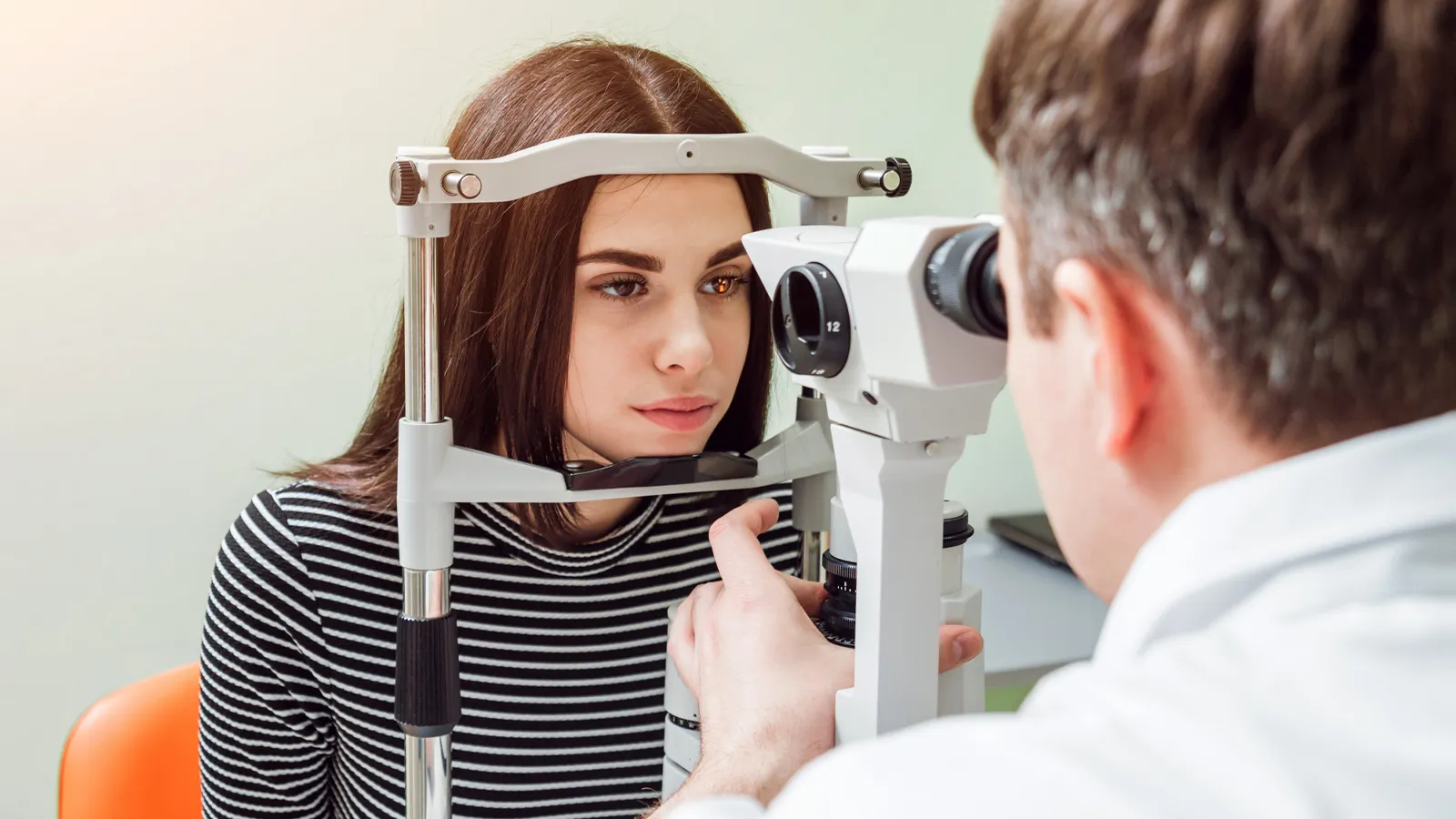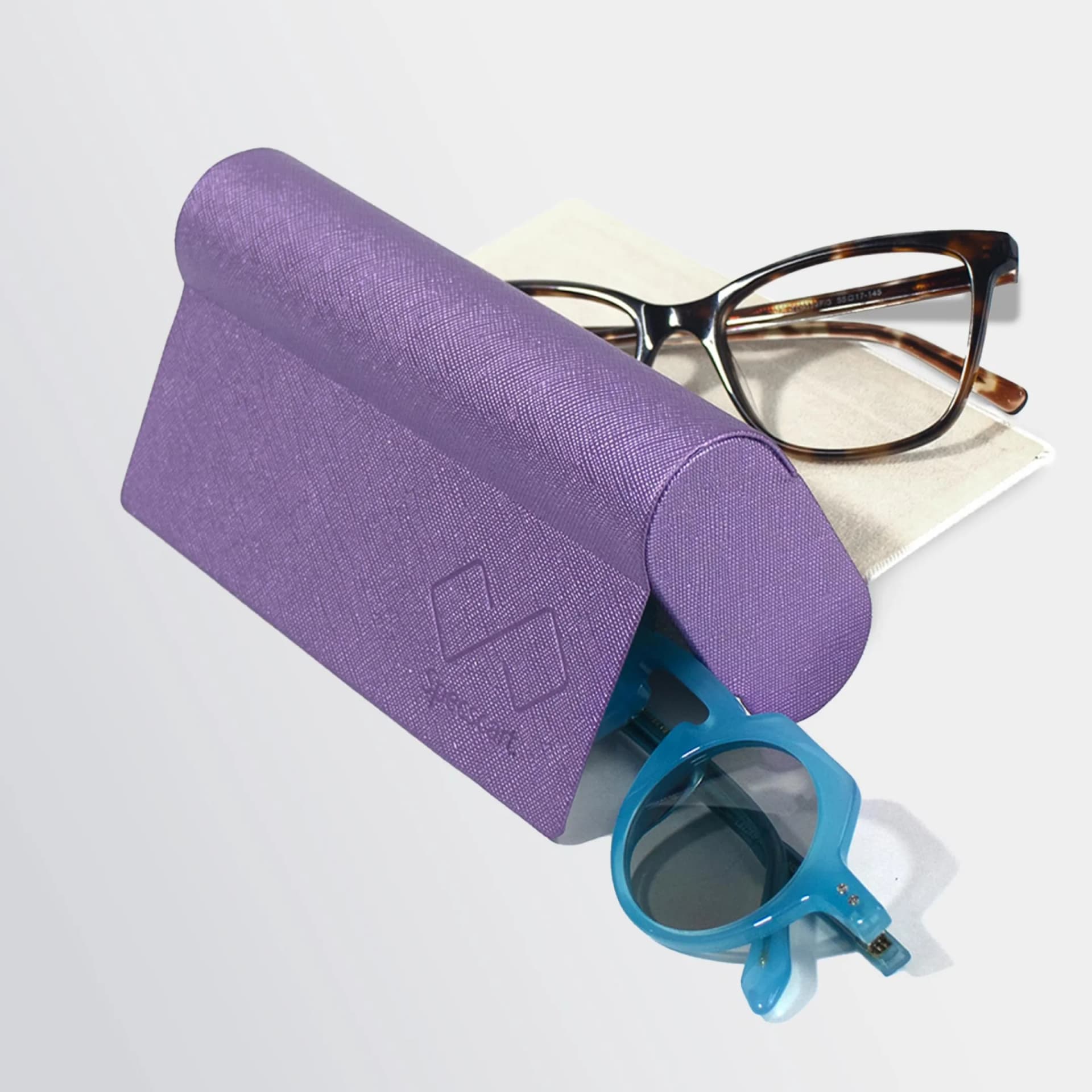Heterochromia: The Science Behind Your Beautifully Mismatched Eyes

Content Manager
In a world where people like to match everything from their outfits to their shoes, some people are living with different coloured eyes. Sounds too bizarre, right? Except it’s not! And they also have a name for it - Heterochromia.
In case you have a crush on Henry Cavill, the sweetheart from Enola Holmes, or Alice Eve, from Star Trek, you may know about this condition already. It is quite a rare condition that affects 6 in every 1000 people. Let’s learn more about heterochromia eyes and what causes this pretty difference.
What Determines Your Eye Colour?

Genetics play a crucial role in determining your eye colour. However, some other factors also affect the colour of your eyes. Iris is the coloured tissue in front of the eye. It makes the pupil dilate or constrict to control the amount of light that enters it. Melanin deposits in the iris are where your eyes get their colour from. Eyes with little melanin deposits are blue. Whereas, more melanin deposits make the eyes brown, hazel or green.
The eye colour doesn’t have to be the same forever. It may change as long as the melanin develops. For instance, a baby may be born with blue eyes that darken over 3 years as melanin production increases. When someone’s eye appears to be multicoloured, they probably have heterochromia iridum.
Types of Heterochromia

There are mainly three variations of heterochromia- complete, central and sectoral. All three types are triggered due to melanin deposits in the iris. But all of them differ in appearance.
1. Complete Heterochromia
When both your eyes appear completely different in colour, it’s known as complete heterochromia. For example, one may look blue and the other one brown. This condition usually happens before birth due to a genetic mutation, or can be developed later due to an injury or illness.
2. Central Heterochromia
Central heterochromia is an eye condition where the iris has a differently coloured inner ring around the pupil than the outer part. It appears as subtle spikes or a halo of contrast.
3. Sectoral Heterochromia
Also known as partial heterochromia, it occurs when one part of the iris is different from the rest. You may take it as a spot on your iris.
Causes of Heterochromia
Heterochromia present at the time of birth is called genetic heterochromia. Research indicates that most cases of heterochromia eyes are benign without any underlying abnormality. Even if nobody in your family has this condition, you can still have it. However, some rare cases are associated with the following syndromes and diseases:
Bloch-Sulzberger syndrome
Parry-Romberg syndrome
Horner’s syndrome
Sturge-Weber syndrome
Waardenburg syndrome
When a person develops heterochromia later in life, it’s known as acquired heterochromia. In this case, heterochromia’s causes may include:
Eye surgery
Diabetes
Iris tumours
Pigment dispersion syndrome
Eye injuries
How to Identify Heterochromia?
If your eyes are differently coloured or you spot colour differences within the same eye, you most probably have this condition. However, the difference can be minor, which is only visible under specific lighting conditions or in photographs.
This unusual genetic mutation has no other symptoms. But if it happens due to an eye injury or trauma, it can show other signs and symptoms. Your optometrist may also diagnose this during your annual eye care exam. If you’ve recently acquired this condition or your genetic heterochromia has changed, you must see an optician.
Wrapping It Up
Heterochromia doesn’t affect your visual performance unless it is linked to any medical condition. However, you must have an eye test to rule out all the possibilities. Do not grumble about why you aren’t like everybody else. Rather, embrace your uniqueness and turn it to your advantage. That’s my best advice to you. I mean, Mila Kunis has this condition, and in my opinion, she is one of the prettiest women in the world.
Unlock a £10 gift voucher instantly when you follow us. Just hit us up over DM and we will reply back with an exclusive code.
Caution: You may become style obsessed
Your way finder
2000+ Trendy Styles

Fashion Forward Sunnies




















































